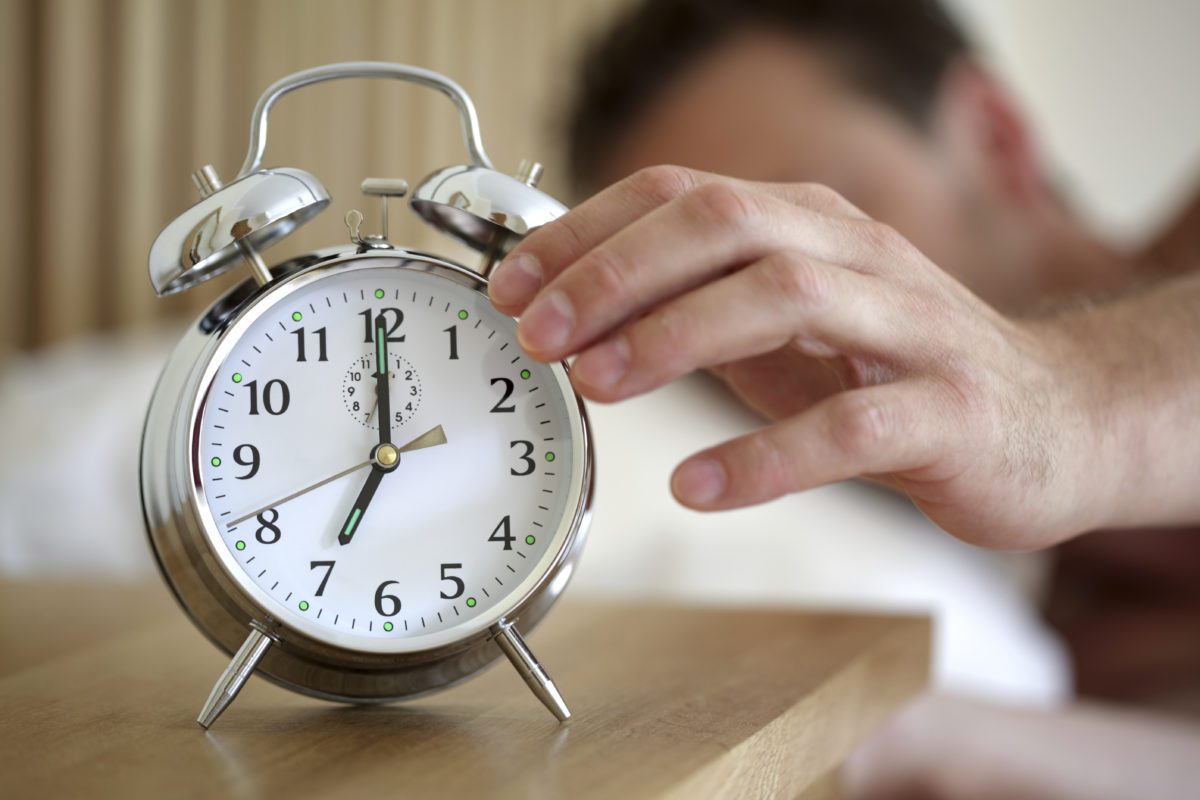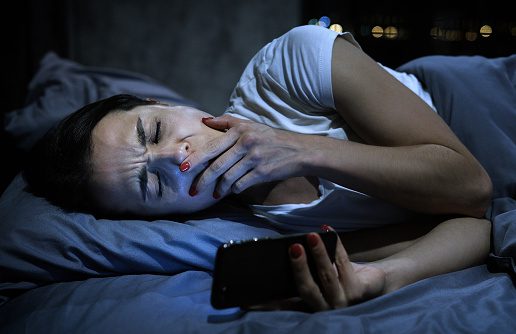Fall back: how runners can get ahead of the coming time change
Follow these tips so you're ready when the clocks go back on Nov. 5

We’re still three weeks out from the return to standard time on November 4-5, but it’s not too soon for runners to start preparing for this shift. Even though the switch means we gain an hour of sleep (and early-morning runners will enjoy seeing the sun rise an hour earlier than before), the abrupt change can impact your circadian rhythms, so follow these tips to help you continue to get a good night’s sleep.
Why do the clocks go back in fall?
Daylight saving time was introduced to maximize daylight hours during the summer months. By adjusting the clocks forward an hour in the spring, we extend the amount of daylight in the evenings. Conversely, in fall, we set the clocks back an hour to gain an extra hour of daylight in the morning. The goal behind this practice is to conserve energy and make better use of natural daylight.

If you think the clock change seems to be later than it used to be, you’re right. In the fall of 2007, the U.S. government decided to push the clock change back by a week, and Canada followed suit. Like the original reasoning behind adjusting our clocks, the main reason for this change was to save energy. Canada adjusted with the U.S. to avoid the headaches a mismatch would cause for trade and travel.
How does the fall clock change affect sleep?
Even though we technically gain an hour of sleep, the fall clock change can still have an impact on sleep patterns. According to the American Academy of Sleep Medicine, having the sky darken an hour earlier in the evening can disrupt the body’s internal clock, leading to difficulty falling asleep or maintaining a consistent sleep routine.

What can runners do to improve their sleep before the clocks change?
- Maintain a good sleep schedule: Maintain a consistent sleep schedule in the days leading up to the clock change–that means going to bed and rising at the same time each morning and night, and getting at least seven hours of sleep each night.
- Gradually adjust your sleep schedule: If you typically have a hard time with the time changes, try planning ahead. In the days leading up to the change, gradually shift your sleep and wake times by 15-20 minutes. This will help your body adjust more smoothly when the clocks do change.
- Create a sleep-friendly environment: Ensure your bedroom is dark, quiet, and cool. Use blackout curtains or an eye mask to block out any extra light that may disrupt your sleep. Earplugs or white noise machines can also help drown out any noise disturbances.
- Establish a bedtime routine: Develop a relaxing routine before bed to signal to your body that it’s time to wind down. Avoid looking at your phone, iPad or computer during the hour before bed, as the blue light they emit can interfere with sleep.

- Avoid late-night running: Aim to complete your runs and workouts at least a few hours before bedtime, as exercising too close to bedtime may make it hard to fall asleep.
- Avoid caffeine and alcohol: Limit your intake of caffeinated beverages, especially in the afternoon and evening. Although alcohol may make you drowsy initially, it can disrupt your sleep later in the night, leading to restless sleep and waking up feeling groggy. If you know you have trouble when the clocks change, avoid alcohol in the days leading up to the change to ensure you’re well rested before the clocks adjust.

